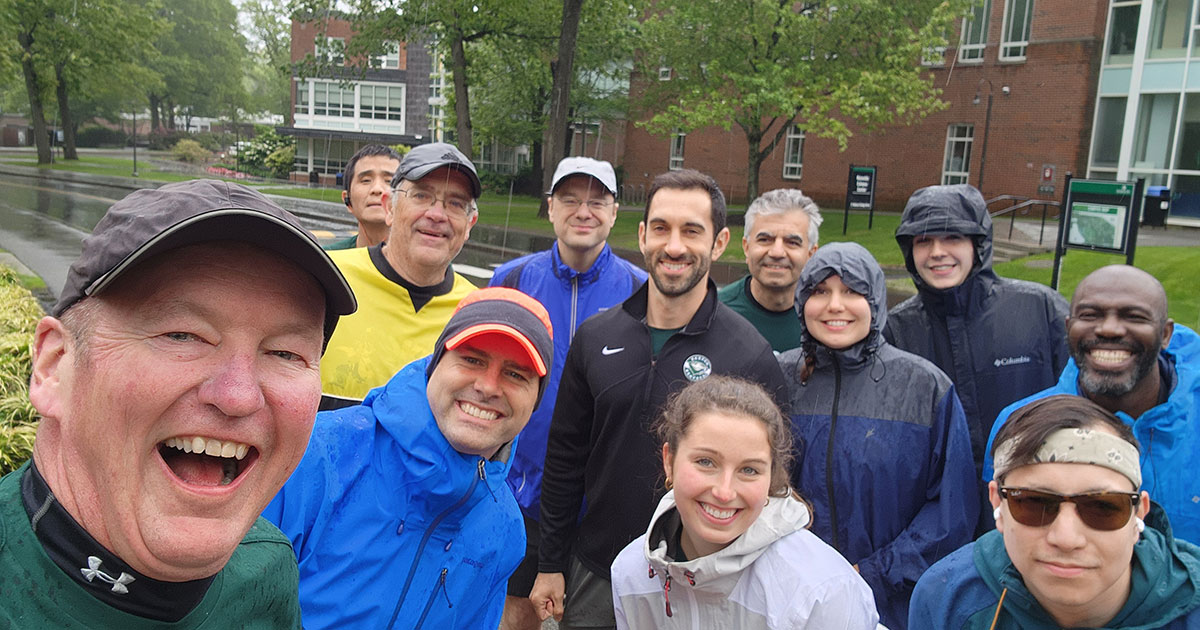These Two Industries Are Paving the Path to Use AI Effectively

It is hard to miss the torrent of hype around generative artificial intelligence.
Many companies are investing in generative AI—to the tune of $150 billion, according to a Sequoia Capital estimate—because they are afraid of being left behind. At the same time, many are paralyzed by fear that generative AI hallucinations could damage their reputations. So, what should founders, business leaders and investors know and do about this AI boom, in order to capitalize and ensure their investments in the space prove worthwhile?
Editor’s note: This article first appeared in Entrepreneur magazine.
There are two major industries—retail and health care—that are rolling out generative AI applications that appear to create considerable value with interesting potential that could provide insights for others to implement.

As an associate professor of management practice at Babson College and with a background that includes working in an AI startup during my time at MIT and authoring three books on the dot-com boom, I have a deep understanding of technological waves and their economic impacts. I was inspired to explore this latest tech wave and significant shift in the AI landscape in my latest book, Brain Rush: How to Invest and Compete in the Real World of Generative AI.
It’s clear that everyone should try using an AI chatbot, such as ChatGPT, so they can allay fears and learn how it might help them and where it does not perform well. But, will the benefits of generative AI-infused services make customers eager to buy them at a premium price? It’s too early to know, of course.
Based on the investments that retail and health care companies are making in generative AI applications, here are the early insights that emerge for founders, business leaders and investors across other industries to begin capitalizing on the AI boom.
Create New Growth Curves
Retailers are aiming to use generative AI to attract consumers and keep them buying. A 2024 Google Cloud report found 50% of retailers surveyed were starting initiatives to automate customer service “with 25% of respondents currently piloting such programs and 22% already deploying them.”
While retailers are trying other generative AI applications, here are two with the highest potential to attract and retain consumers:
- Hyper-personalization. AI can enable retailers to create digital flyers that inform consumers of the best weekly deals based on their past purchases. A test of such digital flyers for a retailer found evidence of greater consumer engagement—notably a 14% higher loyalty program enrollment rate, a 100% increase in click-through rates and “increased in-store total sales by 2% to 5%,” according to Oliver Wyman Forum.
- Improved customer service. Consumers prefer a generative AI customer service agent because it is available around the clock and reduces call wait times, noted Oliver Wyman. Generative AI could increase productivity in the retail and consumer packaged goods industry by “up to 2% of annual revenue—an additional $400 billion to $660 billion,” according to Brain Rush.
The hyper-personalized digital flyer offers hope for generating a return on investment because it could drive faster growth. However, it remains to be seen whether retailers will noticeably accelerate their revenue ahead of the cost of providing these digital flyers.
Boost Productivity
Healthcare providers are under pressure to accomplish more with fewer resources while improving the quality of patient care. Providers are using generative AI to streamline administrative tasks, such as answering patient questions and scheduling appointments, automating the transcription of patient conversations with healthcare providers, simplifying patient consent forms and helping doctors diagnose patients.
Two such applications stand out for their value-creation potential:
- Better information faster and less expensively. During the pandemic, patients were trying to get information about COVID-19. Healthcare providers struggled to hire and attract enough staff to handle the patient demand for such information. To solve the problem, healthcare providers sought to shift work from call center staff to patient self-service. Contra Costa Health Care, a California-based health care provider, used an AI-powered healthcare assistant to deflect 80% of customer calls to its AI, saving the $20 per call Contra Costa would have had to pay an outside contractor. This freed up Contra Costa staff’s time to answer other calls more promptly, improving the patient experience, noted Brain Rush.
- More attentive, personalized service. When doctors meet with patients, they often type the conversation into a computer. For the patient and the doctor, the typing is somewhat distracting. There is a risk that while typing the doctor will miss emotional cues from patients’ facial expressions that might lead to important follow-up questions from the physician. Moreover, as they ask questions and listen to patient responses, physicians may not type everything they hear into the computer. To solve these problems, the University of Kansas Health System made a generative AI-based tool available to doctors. The AI reduced the time more than 2,000 doctors and other medical staff spent on notes. The AI created summaries of medical conversations from recorded audio during patient visits, reducing the more than two hours physicians typically spent on notes daily, according to Brain Rush.
While there is a lot more to discover about early AI investments, these two industries are setting a good example by trying to find uses for generative AI that create customer value and could prove promising to generate a return.
Peter Cohan is an associate professor of management practice at Babson College, teaching strategy and entrepreneurship as well as advising student teams in their consulting work. He has authored 17 books, primarily focused on startups and business strategy.
Posted in Insights






